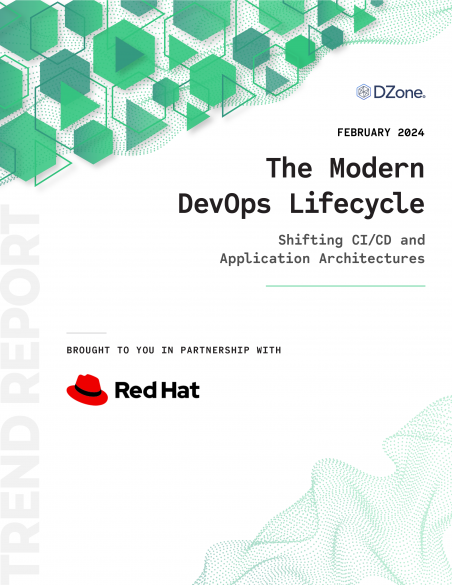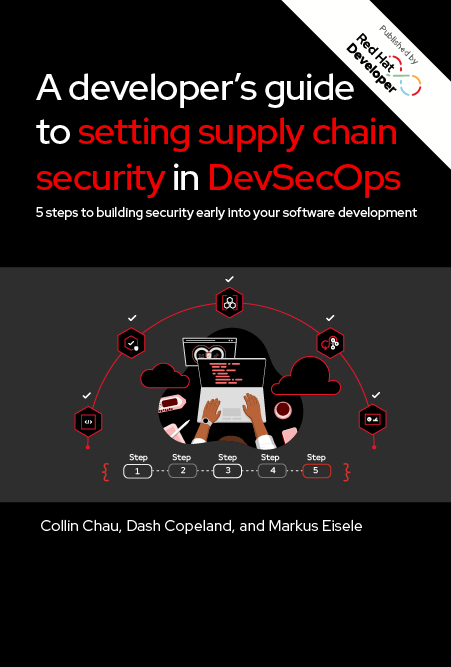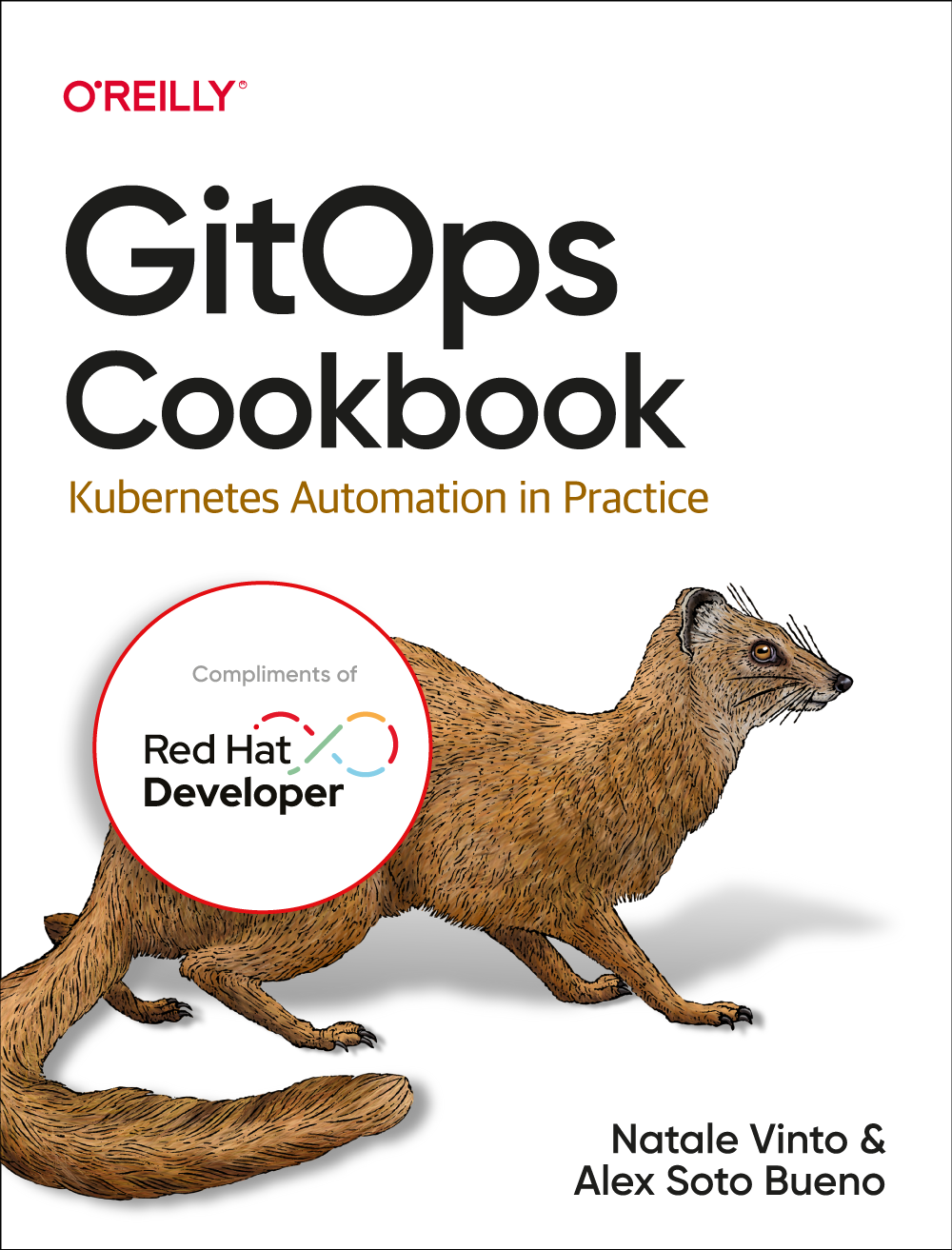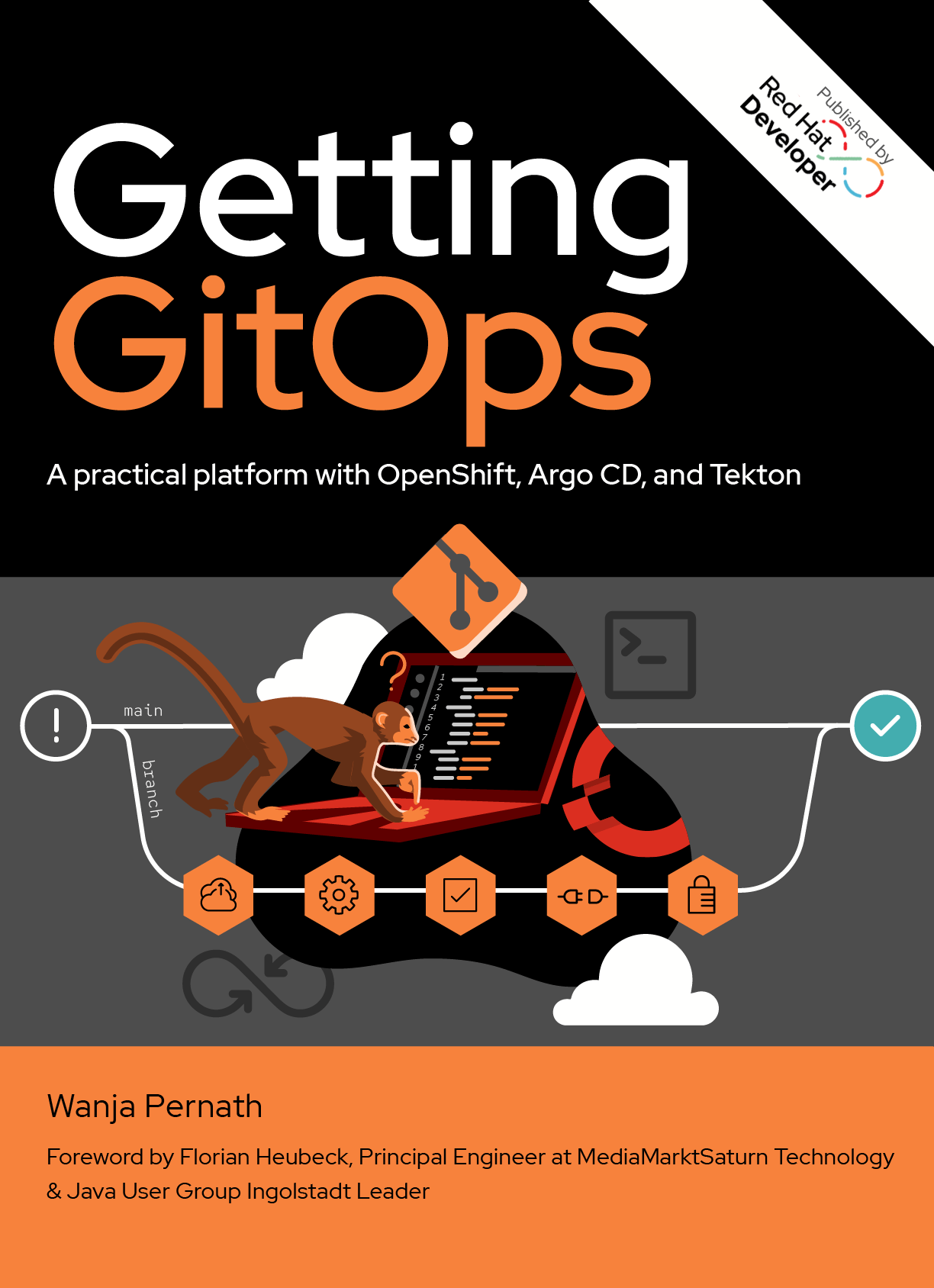

The Modern DevOps Lifecycle: Shifting CI/CD and Application Architectures
Overview
Learn where the DevOps industry stands today and discover where it’s headed in 2024 and beyond. This 16-page report provides key takeaways on emerging topics, methodologies, and challenges, based on results from DZone’s 2024 DevOps Lifecycle Survey.
You’ll dive into core topics such as continuous delivery adoption, benefits, and barriers; automation in the software development life cycle; software delivery practices, techniques, and metrics; and more.
Download the The Modern DevOps Lifecycle e-book to gain insights about:
- Continuous delivery adoption, benefits, and barriers
- Automation in the software development life cycle
- Software delivery practices, techniques, and metrics
Excerpt
It's no secret that DevOps is here to stay. As the years go by, we must continuously assess and seek improvements to our existing software processes, systems, and culture. DevOps is no exception to that rule. Since its inception, DevOps has served as a beacon for the tech community — a foundation on which we can guide and base our entire application infrastructure and team culture. It's the goal and the shining example of what we hope to be — because DevOps is not only a process or methodology, but is also a state of being. Thus, as business needs and customer demands shift, so must our technology, mindsets, and architecture. Now is the time for this movement that's all about "shifting left" to essentially shift.
For our annual DevOps research, we explored the fundamental principles of DevOps as well as the emerging topics, methodologies, and challenges surrounding the engineering ecosystem. We focused on core topics such as the state of continuous integration and continuous delivery (CI/CD) pipelines, technical debt elimination, cost optimization, supply chain security, and application infrastructure and provisioning. At the end of the day, our goal is to provide our community with a time capsule of the industry as it stands today, and where DevOps is going in 2024 and beyond.
Major research targets were:
1. Continuous delivery adoption, benefits, and barriers
2. Automation in the SDLC
3. Software delivery practices, techniques, and metrics
Methods: We created a survey and distributed it to a global audience of software professionals. Question formats included multiple choice, free response, and ranking. The survey was disseminated via email to DZone and TechnologyAdvice opt-in subscriber lists as well as promoted on DZone.com, in the DZone Core Slack workspace, and across various DZone social media channels. The survey was opened December 12, 2023 and closed on January 2, 2024; it recorded 207 complete and partial responses.
Demographics: We've noted certain key audience details below in order to establish a more solid impression of the sample from which results have been derived:
- 21% of respondents each described their primary role in their organization as "Technical Architect," 18% described "Developer Team Lead," and 16% described "Developer/Engineer." No other role was selected by more than 10% of respondents.
- 79% of respondents said they are currently developing "Web applications/Services (SaaS)," 43% said "Enterprise business applications," and 26% said "Native mobile apps."
- "Java" (69%) was the most popular language ecosystem used at respondents' companies, followed by "JavaScript (client-side)" (55%), "Python" (54%), and "Node.js (server-side JavaScript)" (44%).
- Regarding responses on the primary language respondents use at work, the most popular was "Java" (45%), followed by "Python" (18%) and "C#" (7%). No other language was selected by more than 5% of respondents.
- On average, respondents said they have 18.79 years of experience as an IT professional, with a median of 18 years.
- 35% of respondents work at organizations with < 100 employees; 26% work at organizations with 100-999 employees; and 37% work at organizations with 1,000+ employees.*
Note: For brevity, throughout the rest of these findings we will define "small" organizations as having < 100 employees, "mid-sized" organizations as having 100-999 employees, and "large" organizations as having 1,000+ employees.
In this report, we review some of our key research findings.



